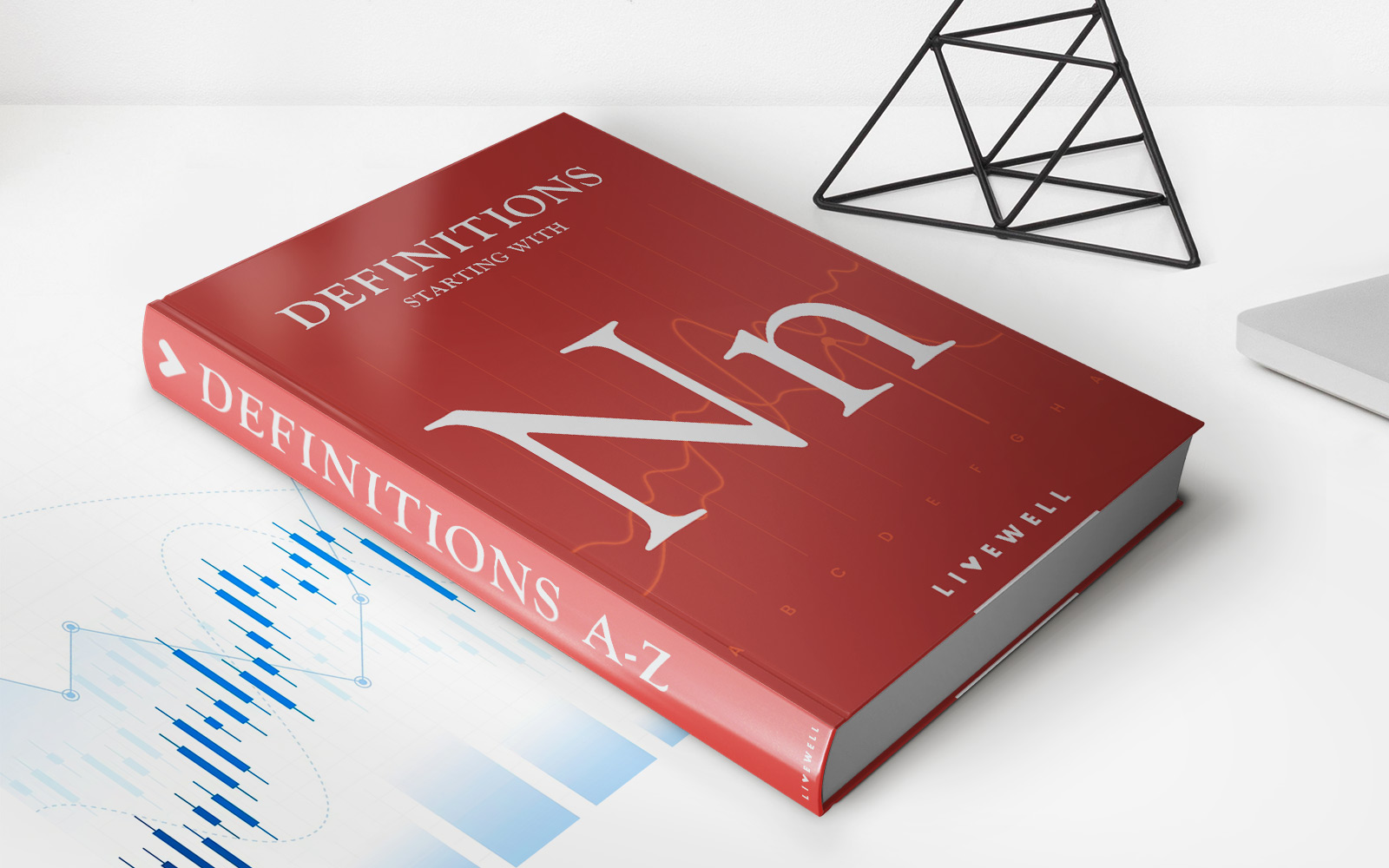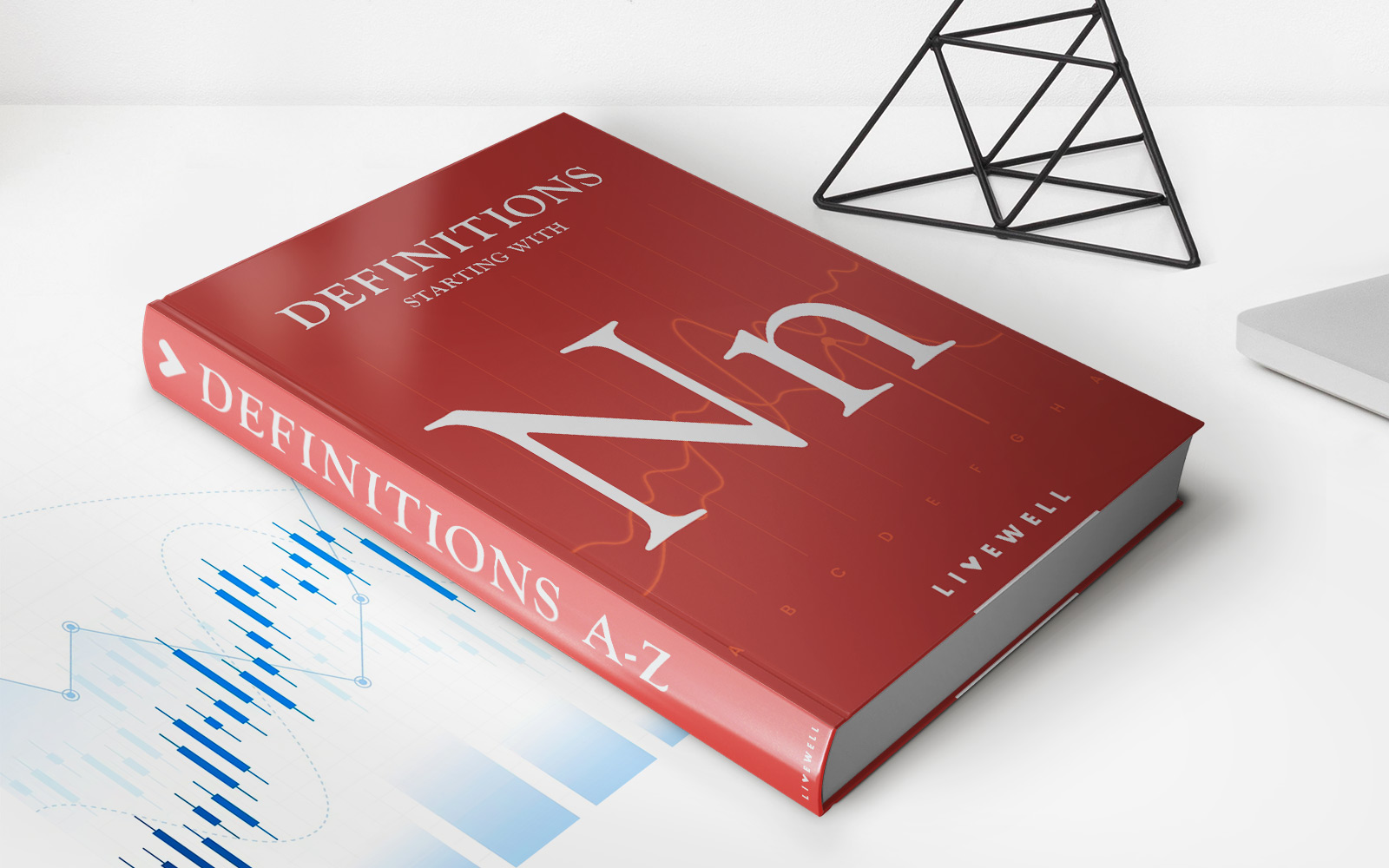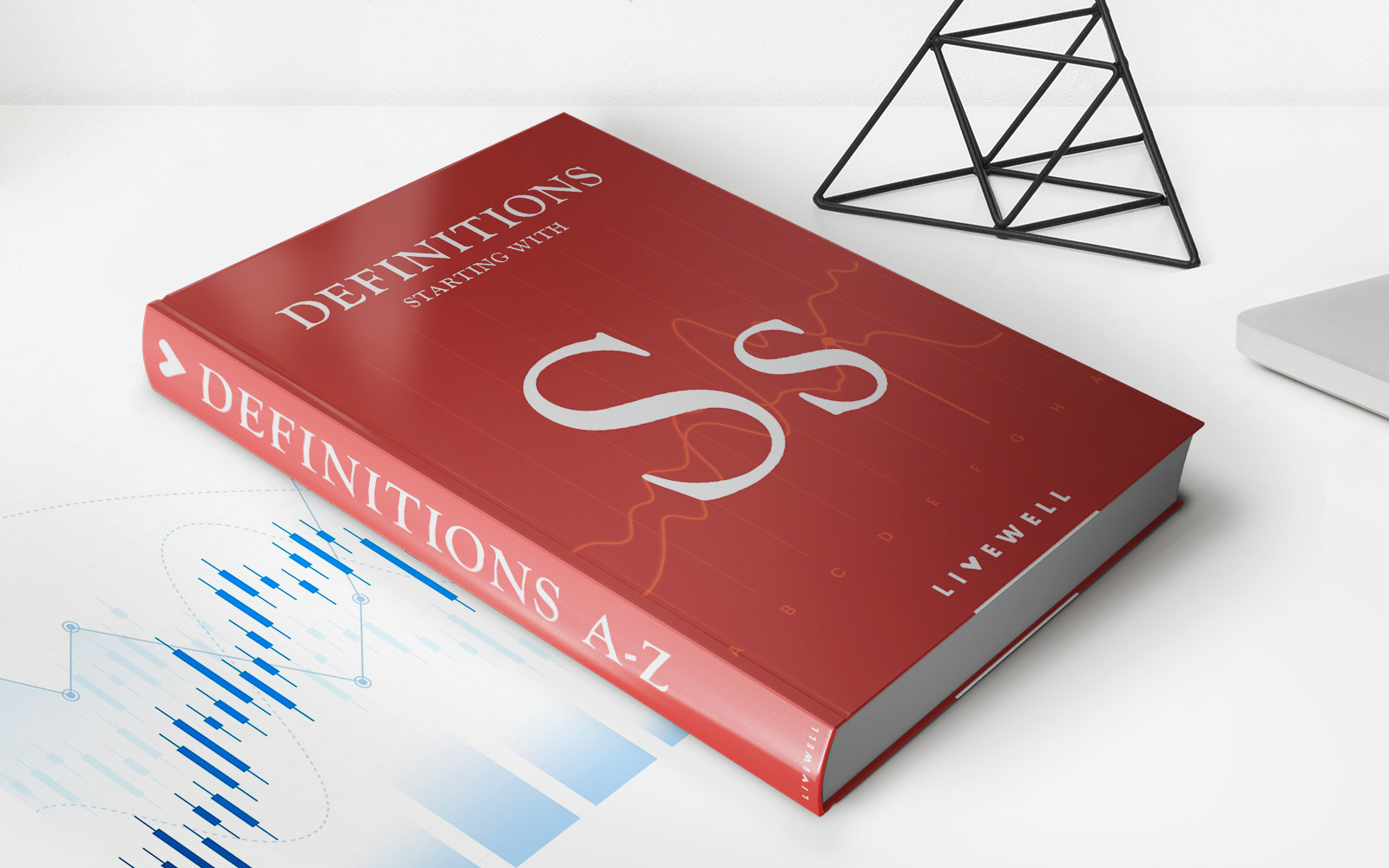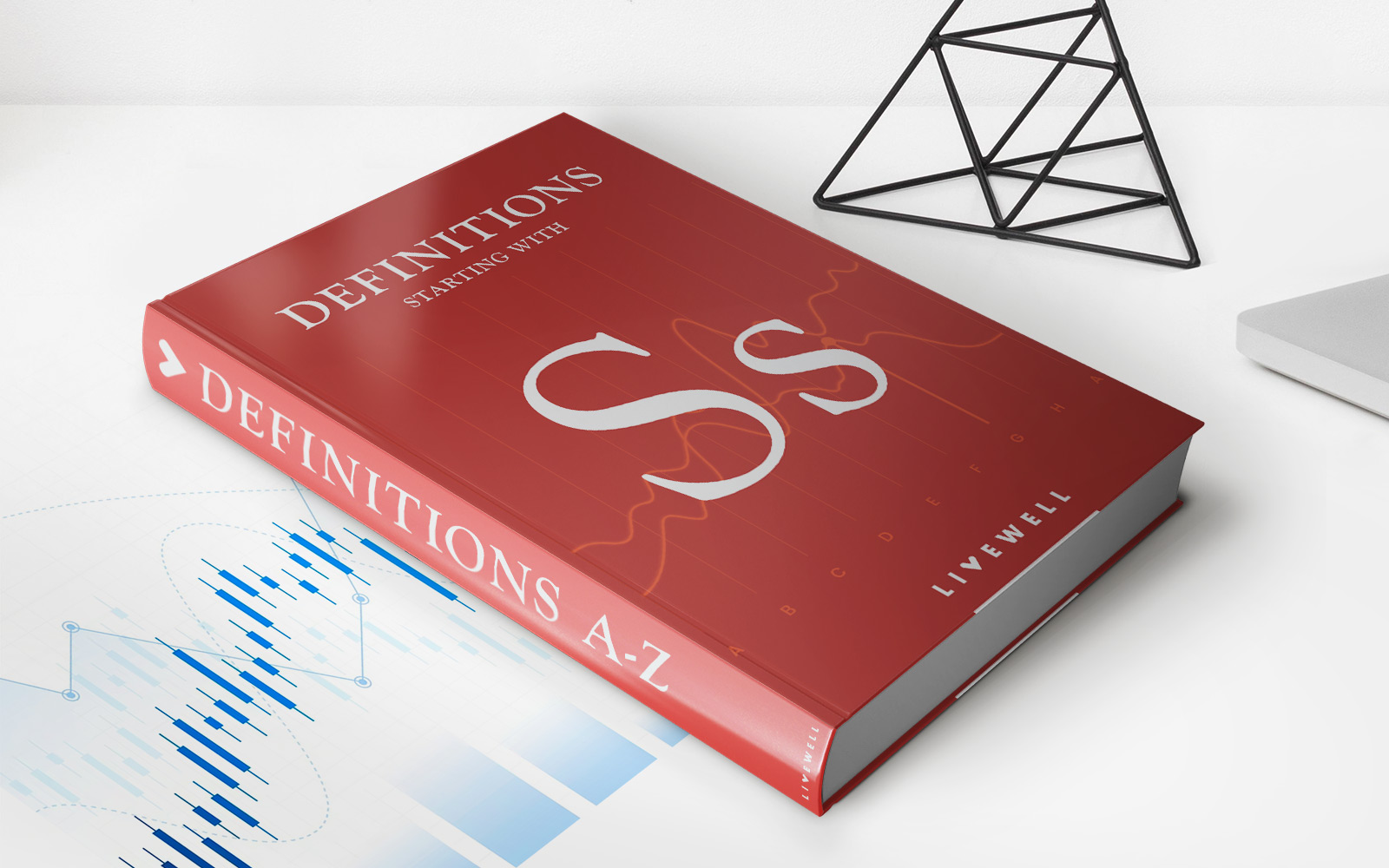Home>Finance>Crowdsourcing: Definition, How It Works, Types, And Examples


Finance
Crowdsourcing: Definition, How It Works, Types, And Examples
Published: November 6, 2023
Discover the concept and workings of crowdsourcing in finance. Explore different types and find real-life examples of successful implementations.
(Many of the links in this article redirect to a specific reviewed product. Your purchase of these products through affiliate links helps to generate commission for LiveWell, at no extra cost. Learn more)
How Crowdsourcing is Revolutionizing Finance: Definition, How It Works, Types, and Examples
Finance is a crucial aspect of our lives, and with the advancement of technology, new ways of managing and accessing financial resources are emerging. One such innovation that is rapidly gaining popularity is crowdsourcing. In this blog post, we will dive deep into what crowdsourcing is, how it works, explore different types of crowdsourcing, and provide examples of how this revolutionary concept is reshaping the finance industry. So, let’s get started!
Key Takeaways:
- Crowdsourcing is the practice of obtaining ideas, services, or funding from a large group of people, typically through an online platform.
- It offers numerous benefits, including access to a diverse range of skills and expertise, reduced costs, and increased efficiency.
What is Crowdsourcing and How Does it Work?
Crowdsourcing can be defined as the practice of obtaining ideas, services, or funding from a large group of people, typically through an online platform. This innovative approach harnesses the collective intelligence, creativity, and resources of a crowd to solve complex problems and drive innovation in various industries, including finance.
So, how does crowdsourcing work in the realm of finance? Well, it starts with an organization or individual seeking assistance, whether it’s obtaining investment funds, getting feedback on a business idea, or finding solutions to financial challenges. This request is then presented to a crowd of participants through an online platform, where they have the opportunity to contribute their ideas, expertise, or financial support. The collective power of the crowd helps to generate innovative solutions, fund projects, and enable financial inclusivity.
Types of Crowdsourcing in Finance
There are various types of crowdsourcing in the field of finance, each serving a unique purpose. Let’s explore a few of them:
- Crowdfunding: This type of crowdsourcing involves raising funds for a project or venture through small contributions from a large number of people. It enables entrepreneurs, startups, and even individuals to access capital without relying solely on traditional sources such as banks or venture capitalists.
- Crowdlending: Also known as peer-to-peer lending, it allows individuals or businesses to borrow money directly from other individuals through online platforms. Crowdlending eliminates the need for intermediaries like banks, making it a faster and potentially more affordable lending option.
- Open Innovation: Financial institutions often tap into the wisdom of the crowd to solve complex business problems. By crowdsourcing ideas and solutions from external contributors, these institutions can gain fresh perspectives, uncover innovative strategies, and enhance overall performance.
- Data Crowdsourcing: Data is crucial in finance, and organizations often outsource data processing tasks to a crowd. By leveraging the power of the crowd to collect, validate, and analyze large datasets, financial institutions can make more informed decisions and drive strategic growth.
Examples of Crowdsourcing in Finance
Now that we understand the concept and types of crowdsourcing in finance, let’s explore a few real-world examples:
- Kickstarter: This popular crowdfunding platform allows individuals and businesses to raise funds for creative projects, innovative products, and social initiatives. It has revolutionized the way entrepreneurs access capital and bring their ideas to life.
- Zopa: Zopa is a prominent peer-to-peer lending platform that connects borrowers with lenders, bypassing the traditional banking system. It offers borrowers competitive interest rates and provides lenders with the opportunity to diversify their investment portfolio.
- Goldman Sachs’ GS Accelerate: This initiative by Goldman Sachs invites entrepreneurs to apply for a program where they can collaborate with the company’s experts and leverage their resources to build innovative financial technologies. It combines the power of open innovation and crowdsourcing to drive industry disruption.
- Amazon Mechanical Turk: While not exclusively for finance, this platform allows businesses to outsource microtasks to a crowd of workers. Financial institutions utilize this platform for tasks such as data verification, sentiment analysis, and market research.
In a rapidly changing financial landscape, crowdsourcing is bringing new opportunities, driving innovation, and transforming how we approach finance. By harnessing the collective power of the crowd, we can tap into a wealth of expertise, creativity, and financial resources. Whether it’s funding a new business venture, finding innovative solutions, or driving industry advancement, crowdsourcing is shaping the future of finance.














